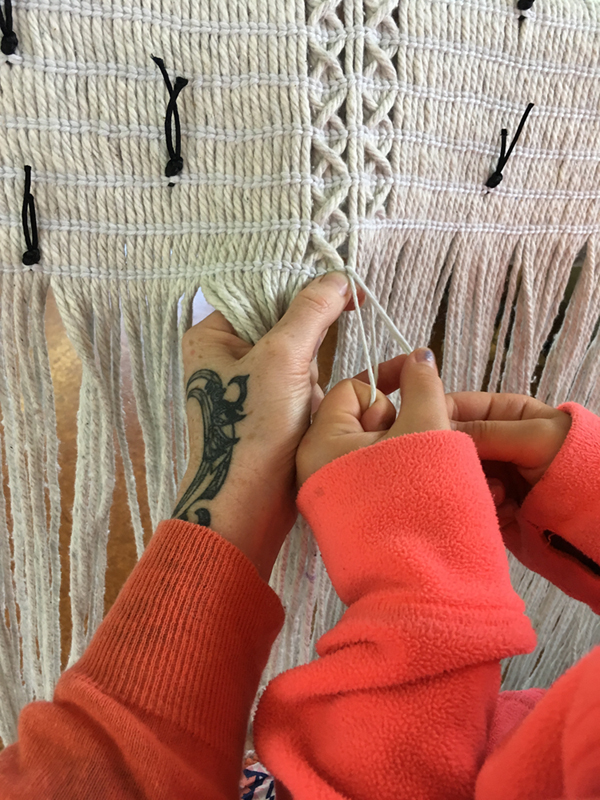Settling the Soul through Va' (Relational) Ethics: An Ekphrastic Review of Hinekura Smith's "Whatuora: Theorizing 'New' Indigenous Methodology from 'Old' Indigenous Weaving Practice
DOI:
https://doi.org/10.18432/ari29453Abstract
This piece is layered unapologetically with indigenous ways of being as the norm. From Fetaui’s bio, she aligns herself with Hinekura’s decolonization locale. The positioning of the author’s parents also connects and honours Hinekura’s mother who is instrumental in Whatuora. The migration of Fetaui’s parents from Samoa highlights the importance of our Pacific history and where our ancestors both Māori and Samoa traversed our Moana/Vasa(ocean). This migration and positionality is significant in aligning Samoa as respectful cousins to the land of Māori, Aotearoa, notwithstanding the birth place of her parents and of her ancestors bones in Samoa. Her chosen life partner and children are also named and her position within higher education is last. Our whanau/aiga (family) our whenua/fenua (land) are our collective priorities. Our academic credentials are ranked last.
References
Smith, H. (2019). Whatuora: Theorizing “new” Indigenous methodology from “old” Indigenous weaving practice. Art/Research International: A Transdisciplinary Journal, 4(1), 1-27.
Tamasese, T. T. (2007). Bio-ethics and the Samoan indigenous reference.
Keynote address at the UNESCO Bio-ethics Conference, Tofamamao,
Leauvaa, Samoa.
Published
How to Cite
Issue
Section
License
Copyright (c) 2019 Art/Research International: A Transdisciplinary Journal

This work is licensed under a Creative Commons Attribution-NonCommercial-NoDerivatives 4.0 International License.
Authors who publish with Art/Research International agree to the following terms:
a. Authors retain copyright and grant the journal right of first publication and the right to sublicense the Contribution, in the form in which it is published by the journal, to others under the terms and conditions of the of the Creative Commons Attribution-NonCommercial-NoDerivs (CC BY-NC-ND) that allows others to download the work and share the work with others with an acknowledgement of the work's authorship and initial publication in this journal, but they cannot change the work in any way or use any part of the work commercially.
b. Authors are able to enter into separate, additional contractual arrangements for the non-exclusive public distribution and display of the journal's published version of the work (e.g., post it to an institutional repository or publish it in a book), with an acknowledgement of its initial publication in this journal.
c. Authors are permitted and encouraged to post their work online (e.g., in institutional repositories or on their website) prior to and during the submission process, as it can lead to productive exchanges, as well as earlier and greater citation of published work (See The Effect of Open Access).
d. Authors wishing to include items (such as images or other media, or any creative works of others whether previously published or not) must contact the original copyright holder to obtain explicit permission to publish these items in Art/Research International. Writing permission should include: the title(s) of any copyrighted work, original place of publication if applicable, and an acknowledgement of having read Art/Research International's copyright notice. Authors are responsible for obtaining this permission and keeping it in their own records for later verification.



